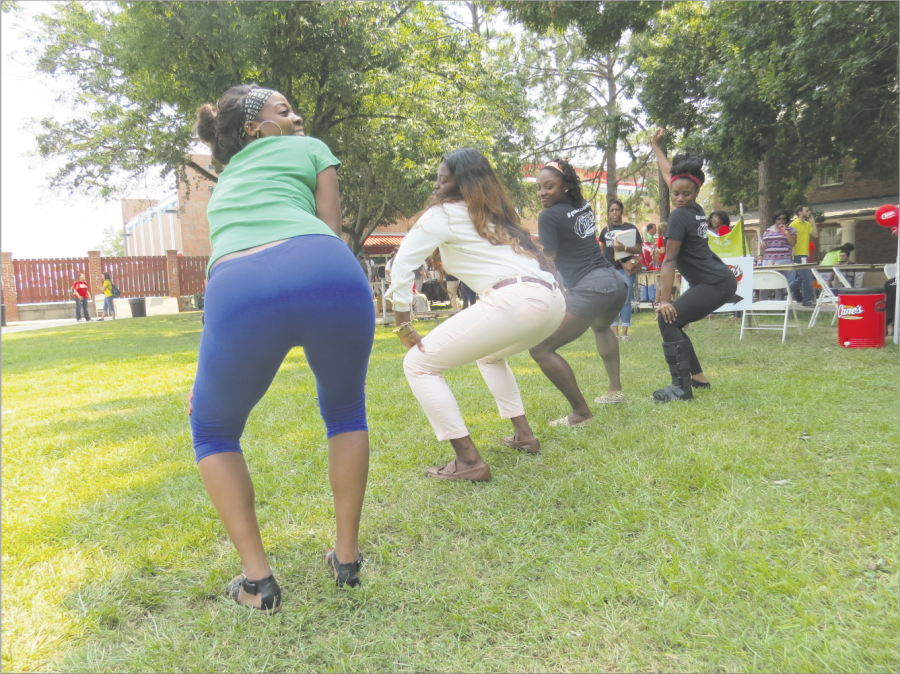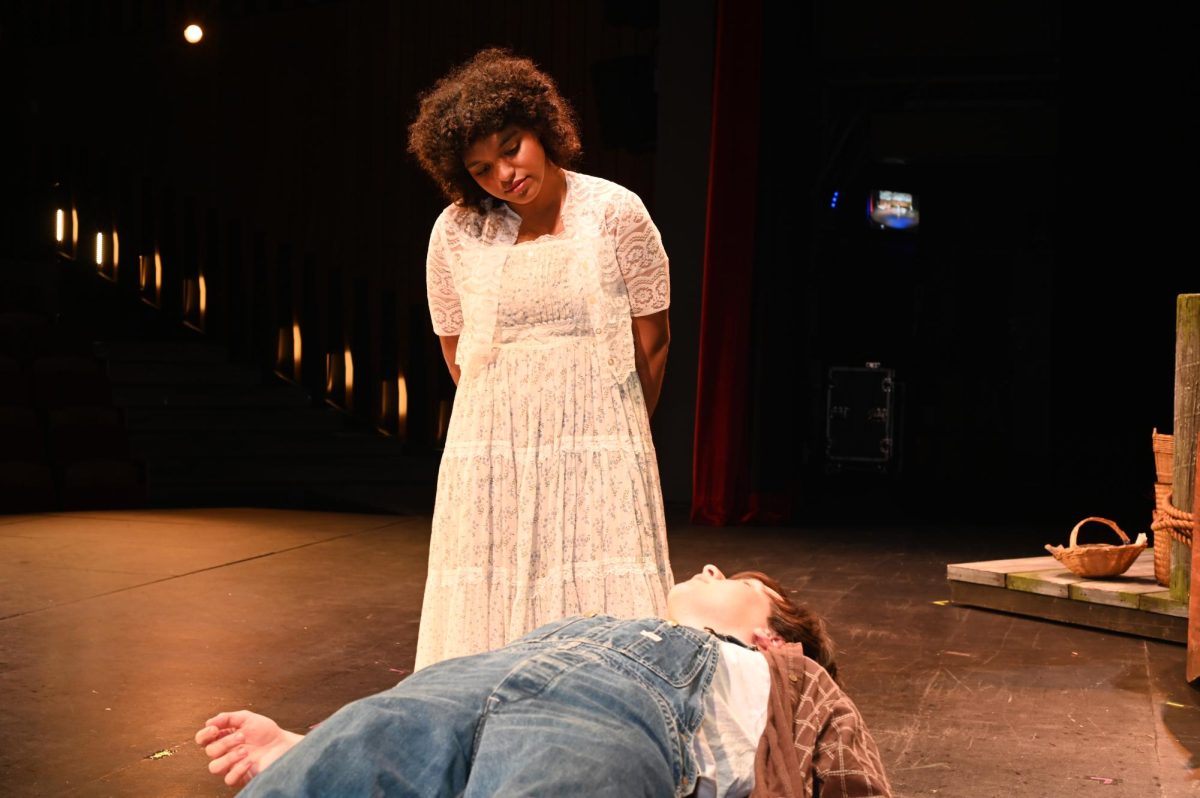With the arrival of one dancing phenomenon, Southerners forget that the origin of the infamous twerking craze began close to home many years ago in New Orleans before gaining national attention.
Last Sunday, the controversial Miley Cyrus performance on the Music Television Network’s annual Video Music Awards became a hot topic because of Cyrus’s choice of dance known as twerking. This performance caught the attention of the staff of Oxford University Press, the printers of the Oxford English Dictionary.
Last week, Oxford officially added the word to their dictionary, defining the gyrating dance move as a “dance to popular music in a sexually provocative manner involving thrusting hip movements and a low, squatting stance.”
Although all dances are considered a part of the arts, many people find twerking to be an inappropriate dance used to objectify women as sexual objects. Some have even used twerking in attempts to “help” someone’s education.
Rapper Juicy J recently tweeted that he will give a female student between the ages of 18 and 25 a $50,000 scholarship to any 2- or four-year college or university in association with worldstarhiphop.com. According to Time magazine, this monetary reward will be given to the best female twerker who posts a video to YouTube stating that the video is designated for the scholarship.
The twerking craze has celebrities such as Harry Styles of the singing group One Direction speaking out against the dance move by calling it “inappropriate.” But some students believe twerking is the least of the world’s worries.
Falynn Rivere, accounting junior from Napoleonville, believes if people want to participate in this fad, that is their personal choice.
“People make it out to be a bad thing but its not a big deal,” Rivere said. “People can do what they want.”
Lacy Lacompte, business junior from Houma, did not approve of Cyrus’s actions. However, she said twerking is not something the world should be shocked about by now.
“People always have done it,” Lacompte explained. “They just call it by a different name now.”
Even though twerking gained much national exposure in recent months due to Cyrus’ performances, the origin of this gyration came about many years prior according to researchers.
Many believe twerking derived from tribal African dances, but the exact origin has yet to be determined. However, according to Lisa Suhay of the Christian Science Monitor, dancer Josephine Baker demonstrated the most primitive version of twerking in 1925 as she performed her famous “Banana Dance” at the Folies Bergère in Paris.
As for today’s version of twerking within popular culture, the city of New Orleans was instrumental in bringing the craze to the forefront of American entertainment since the late 1980’s according to nola.com. The art of twerking was first called “p-popping” in New Orleans and usually associated with the New Orleans bounce music culture.
Nola.com also suggested that Cyrus herself was introduced to twerking during a visit to the Crescent City approximately two years ago while shooting the film “So Undercover.” After her visit to the Big Easy, Cyrus began documenting her twerking escapades on YouTube causing the phenomenon to go global.
The entire country got a taste of the p-popping dance movement when 2-Live Crew’s “Pop That C******” debuted in Miami in 1990. Even the work “twerk” has roots in New Orleans. Bounce artist Cheeky Blakk released a song titled “Twerk Something” in 1994, which nola.com believes could be the first use of the word. Since then, teeny boppers and adults alike around New Orleans have tried their luck at imitating this dance, not knowing it would become the household topic of conversation over 20 years later.
Twerking craze has roots close to the bayou region
Tiffany Williams
•
September 5, 2013
Nikia Major, general studies senior from New Orleans, Brittany Morris, education junior from New Orleans, Rachante Colebrook, biology sophomore from The Bahamas, and Terrian Gauff, nursing sophomore from Laplace, demonstrate how to twerk on Aug. 29 at Welcome Back Day.
0
More to Discover








